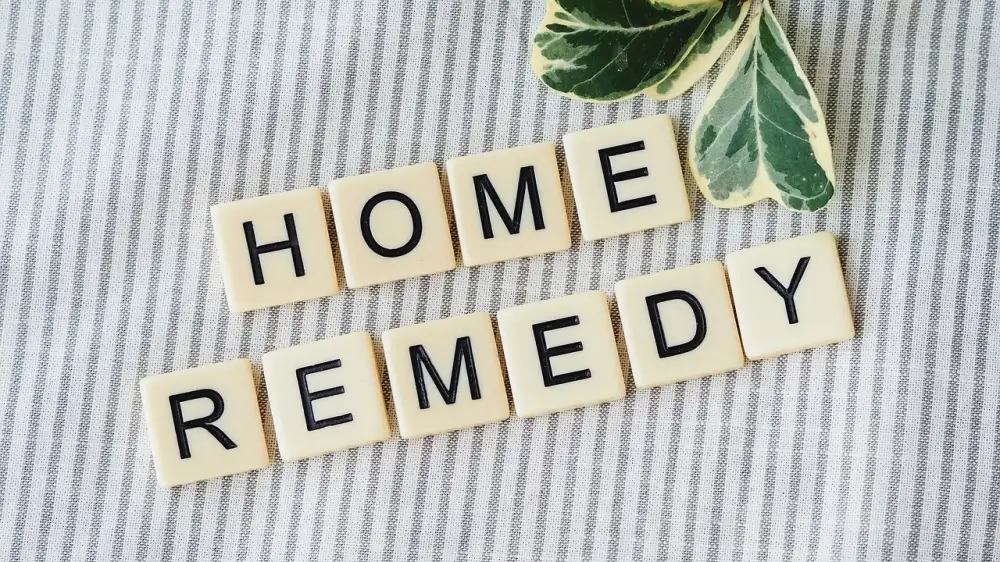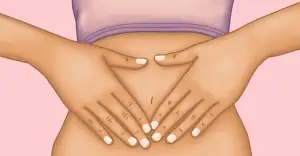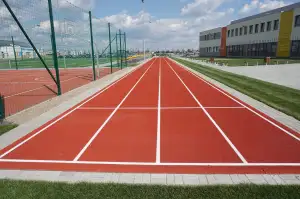DIY Bunion Corrector: Natural Remedies for Bunions at Home

Bunions are a common foot deformity that affects the joint at the base of the big toe. This condition, known as hallux valgus, causes the big toe to lean towards the second toe, resulting in a bony bump on the side of the foot. Bunions can be painful and make it difficult to find comfortable footwear. They often develop gradually over time due to factors like genetics, wearing tight shoes, or having certain foot conditions. Bunions can impact daily activities and may require treatment to alleviate discomfort and prevent further complications.
Causes and Symptoms of Bunions
Bunions are often caused by wearing tight, narrow shoes that force the big toe to bend towards the other toes. This constant pressure and misalignment of the joint can lead to the development of a bunion. Additionally, genetics can play a role in predisposing individuals to bunions. Symptoms of bunions include pain, swelling, redness, and a visible bump at the base of the big toe. As bunions progress, they can make it difficult to walk or wear shoes comfortably. It is essential to address bunions promptly to prevent further discomfort and complications.
Importance of Correcting Bunions
Bunions can cause significant discomfort and pain, making it difficult to walk or wear shoes comfortably. If left untreated, bunions can worsen over time, leading to more severe foot deformities and potentially impacting one's overall quality of life. Correcting bunions is essential not only for alleviating pain and discomfort but also for preventing further complications such as arthritis or bursitis in the affected joint. By addressing bunions early on and using appropriate corrective measures, individuals can improve their foot health and maintain proper alignment, allowing for better mobility and reduced risk of future complications.
Homemade Bunion Corrector: Materials Needed
To make a homemade bunion corrector, you will need simple materials that are easily available. The materials include a soft cloth or bandage, medical tape, a small piece of moleskin padding, and a small foam pad or gel toe separator. These items can be found at most drugstores or online. It is important to ensure that the materials are clean and in good condition before using them to create the bunion corrector.
Step-by-Step Guide to Making and Using the Corrector
1. Gather the materials needed: a soft cloth or bandage, adhesive tape, a small sponge or padding material, and essential oils like lavender or peppermint for added comfort.
2. Cut the cloth or bandage into a strip long enough to wrap around your big toe comfortably.
3. Place the padding material on the inner side of the cloth strip where your bunion is located.
4. Secure the padding in place by wrapping the cloth strip around your big toe and bunion, ensuring it's snug but not too tight.
5. Use adhesive tape to secure the cloth in place if needed, making sure it doesn't restrict blood flow.
6. Optionally, add a few drops of essential oil onto the padding for soothing relief.
7. Wear the DIY bunion corrector overnight or for a few hours during the day to help realign your toe and reduce pressure on the bunion.
8. Repeat this process daily until you start noticing improvements in your bunion discomfort and appearance.
Tips for Effective Bunion Correction
To effectively correct bunions at home, it's essential to wear comfortable and supportive shoes that provide ample room for your toes. Avoid high heels or narrow-toed shoes that can exacerbate the condition. Additionally, practicing foot exercises like toe stretches and picking up small objects with your toes can help strengthen the muscles around the bunion. Applying ice packs to reduce inflammation and pain, as well as regularly massaging the affected area, can also aid in bunion correction. Lastly, maintaining a healthy weight can alleviate pressure on the feet and prevent further progression of bunions.
Precautions and When to Seek Professional Help
Precautions should be taken when using a homemade bunion corrector. If you experience increased pain, discomfort, or skin irritation while using the device, discontinue use immediately. It is important to consult a healthcare professional if your bunions worsen despite using the corrector regularly. Additionally, if you have diabetes or circulation issues, it is crucial to seek advice from a podiatrist before attempting any bunion correction methods at home. Professional help should be sought if you notice severe deformity or persistent pain in your feet.
In conclusion, utilizing a homemade bunion corrector offers numerous benefits for individuals seeking natural remedies for bunions. Not only is it a cost-effective solution, but it also allows for personalized adjustments to suit individual needs. By using simple materials readily available at home, individuals can take proactive steps towards correcting their bunions and alleviating discomfort. Consistent use of the homemade corrector can help improve foot alignment and reduce pain associated with bunions, ultimately enhancing overall foot health and quality of life.
Published: 25. 04. 2024
Category: Health



